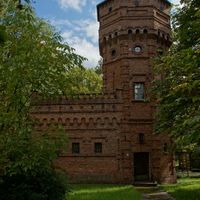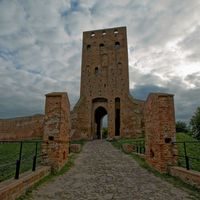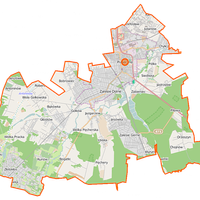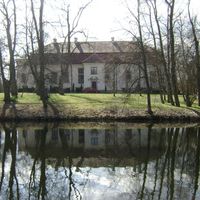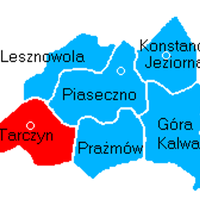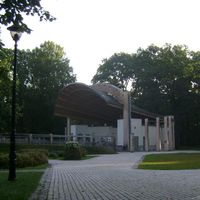Piaseczno County
8.44
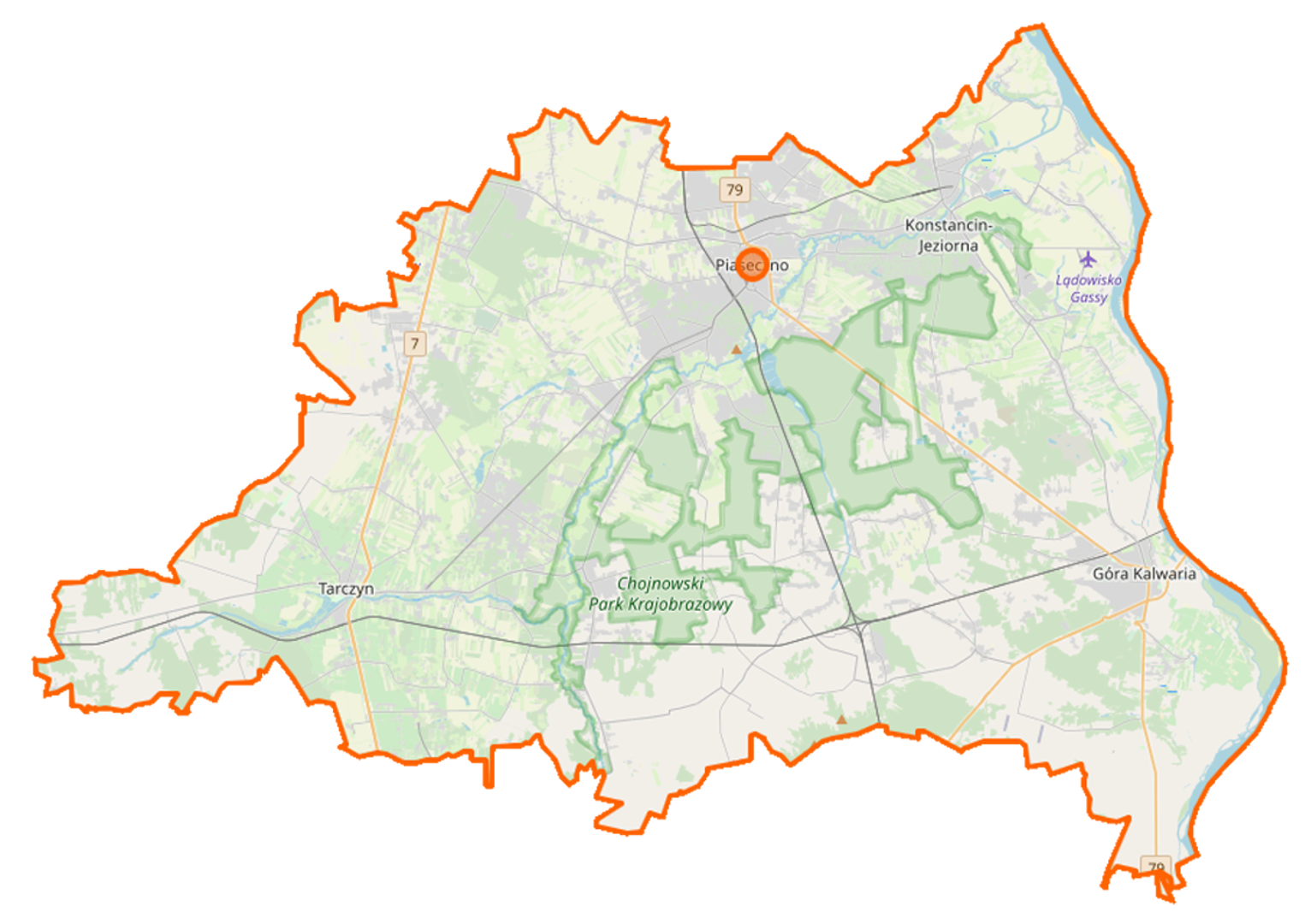
Overview
Piaseczno County, located in the Masovian Voivodeship, is one of the wealthiest regions in Poland, with its administrative seat in the town of Piaseczno. It comprises six municipalities, including Góra Kalwaria and Konstancin-Jeziorna, as well as four towns. The county is characterized by a flat landscape shaped by the plain of the ground moraine, with the eastern part encompassing the Vistula River valley. The region features meadow and forest ecosystems, including the Chojnów Forests, and its area is largely covered by agricultural land and woodlands. Architecturally, it stands out with the ruins of the 15th-century castle in Czersk, historic churches, town halls, and 19th-century manor houses. The preserved medieval urban layout of Czersk is also noteworthy. The county has a rich history dating back to the times of the Duchy of Mazovia and has witnessed numerous events, such as battles during wars, uprisings, and occupations. Tragic episodes of World War II and the Holocaust have left a lasting mark on the memory of local communities. An interesting fact is that the county is home to historic railway lines, including the heritage route from Piaseczno through Grójec, which played a key role in regional transportation. In 2009, Piaseczno County was awarded the title of "Cultural Capital of Mazovia," highlighting its significance in the realm of culture and arts.
Location
State
Masovian Voivodeship
Country
2025 Wizytor | All Rights Reserved
